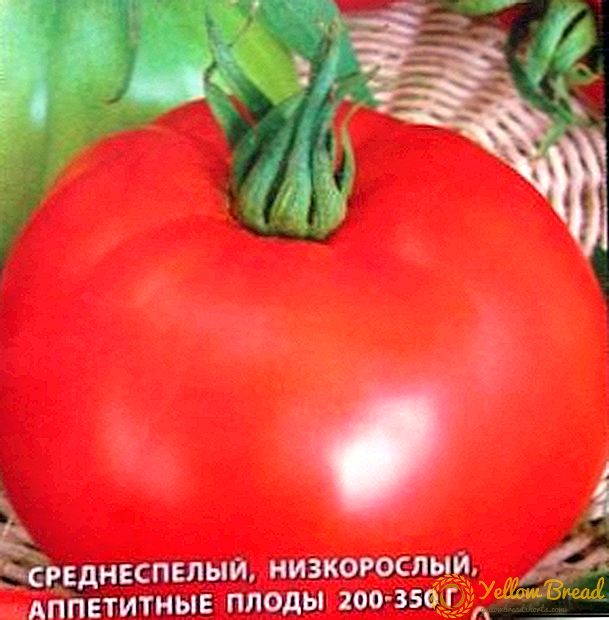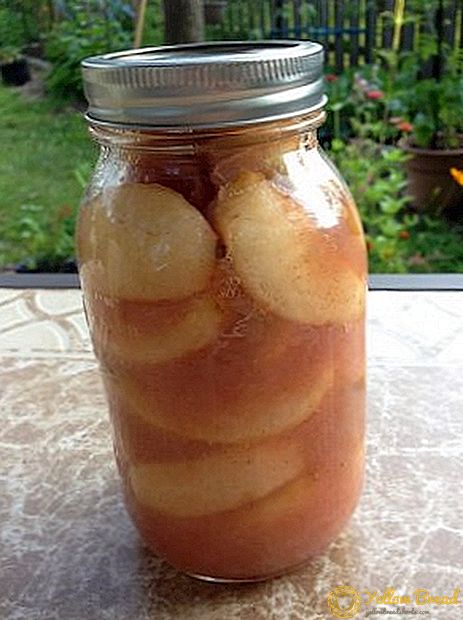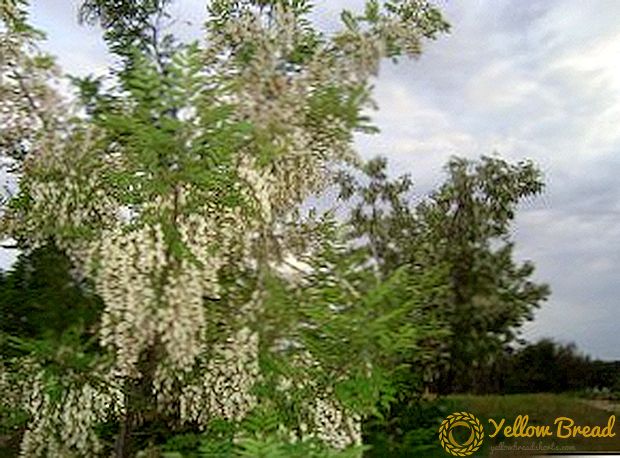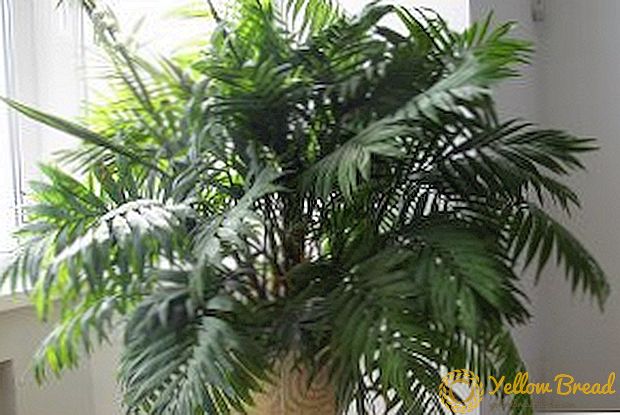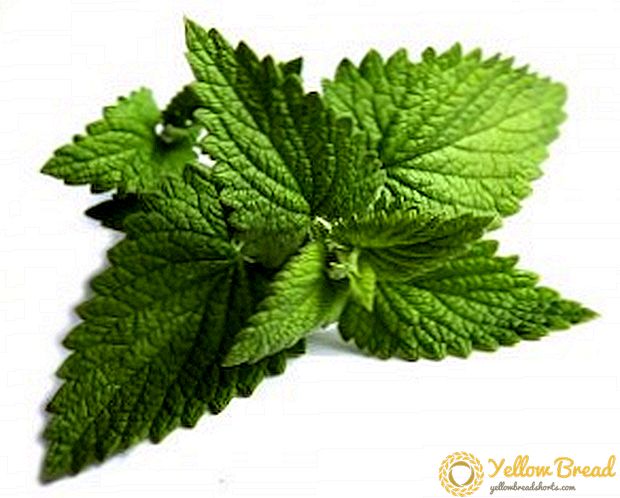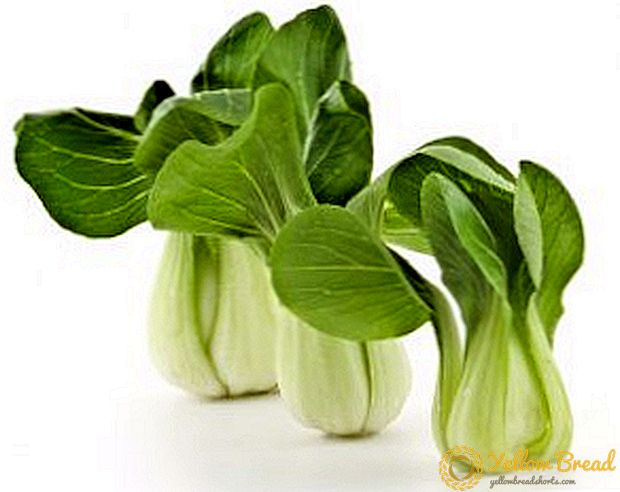
When breeding livestock, we always think about how to simplify the material and time costs for obtaining a good result in the future.
But often a good result is the result of an extremely intensive household, when a variety of feeding techniques, special care and maintenance are applied to the animal.
It is especially difficult to imagine how cattle, such as cows, can be kept without additional supervision, feeding and other things?
In fact, it is possible, only for this, you need to choose a special one, which is called Highland. We will tell you about these most unpretentious and enduring animals below.
We get acquainted with the detailed description of all characteristics of the breed.
Before you begin to describe the Highland cows, it’s probably still worth explaining what the essence of extensive farming and animal breeding is.
Unlike intensive, when the main goal is to obtain high productivity from animal husbandry or plant cultivation, for which any funds and resources are attracted, extensive production does not imply any costs at all.
In this case, in order to increase the productivity of the farm, it can only increase the sowing area, or, alternatively, the area of pastures.
Another very option for livestock, which involves increasing profits without costs - is the use of special breeds of animals that have extensive areas of keeping and breeding.
Excursion to the genetic features of the origin of the breed

The breed of Highland cows is one of the oldest. Its homeland is Scotland, where the original herders could artificially produce the most unpretentious animal in the care, perfectly adapted to the harsh climatic conditions of the northern latitudes.
The genetic basis of these cows is made up of Celtic aboriginal cattle, the characteristics and characteristics of which for a very long time did not plunge into selection.
Although the progenitors of the Highlands were large animals, the breed in question is a representative of mini-cows.
For very many years, this breed has become a symbol of its homeland and a real exotic for other countries.
The fact is that animals of the described breed differ in very coarse and long hair and unusually long bangs, as well as the small size of the body.
With all this, nature has rewarded this breed with very large and massive horns, with which they are independently able to protect themselves from predators in the wild. Many people breed Highland mini-cows, not even for passive meat, but for the aesthetic enjoyment of their unusual exterior.
What are the features and distinctive features of Highland mini-cows?

As we have said, this breed is not at all familiar to us, although the conditions of the middle climatic zone are perfect for its breeding and maintenance.
The most important and distinguishing feature of Highland mini-cows is extensive type of beef production.
By the way, intensive feeding does not suit them at all, professional farmers do not recommend using it. At the same time, with minimal effort from this cattle, you can get real diet meat of very high quality.
This breed can literally eat pasture. Moreover, even where wild animals cannot find food, Highland cows will still manage to gain weight, as even shrubs and coarse grass can be their food.
The fact is that in their homeland these animals live in mountainous areas, where there is very little food, high windiness, low temperature and a lot of precipitation.
Therefore, keeping a home farm nearby, where animals can hide under a canopy specially built for them during rain or snow, will be just perfect for them. And the amount of food consumed by an animal is even less than an ordinary sheep needs.
Thus, even the very large in number of herds of Highland mini-cows can be kept in one large pen, since they will lack food and the landscape of the area they will not harm.
Content in open space should be provided to them throughout the year, and this concerns not only representatives of the pure breed, but also its hybrids. Of course, that winter will need to feed a little cowshowever, if the grazing zone for them is very large and includes woodlands, then even this can be forgotten.
During the winter period, attention may be needed only to young animals, especially when lowering the thermometer to very low temperatures.Although, the process of calving in Highland cows is quite easy, does not require additional interventions and very rarely causes complications in animals.
Growing young stock is also a prerogative of the cows themselves, better than whom no one will care for the little calves.
What advantages of the breed you should pay attention
The first main advantage of this breed is that it does not require special premises for maintenance. In the presence of large areas of farming or hunting, you will only need to install on its perimeter special sheds and, if necessary, drinkers with troughs.
Thus, the cost of maintenance and care are immediately reduced to a minimum. This unusual method of breeding the Highlands is facilitated by the following characteristics:

- Incredible stamina and ability to withstand the most adverse weather conditions.
The Highlands immune system is not exposed to virtually any viruses and diseases characteristic of ordinary cows.
Of course, this is primarily due to the lack of contact with other domestic animals from which these diseases could be transmitted,and secondly, the genetic origin and characteristics of the breed: long and thick hair, as well as the compact size of the body help to resist rain and wind, contribute to thermoregulation.
- Despite the fact that the Highlands are the most adapted to the northern cold climate, their adaptability allowed the breed to spread to wider ranges.
Today, these mini-cows have already ceased to be a wonder even for central Russia, and even more so for its northern territories.
- The breed has a high lifespan.
Besides the fact that the Highland mini-cows breed very intensively and seamlessly, one female can breed new offspring for 25 years of its life.
Thus, besides the lack of care for the herd of cows, it will also be able to independently reproduce, while requiring minimal human intervention.
- The great dignity of the breed is also a very calm disposition of the cows, which is difficult to see from the first time behind their harsh views and large horns.
They can coexist without problems on the same space as with other pets, and with wild ones.Their aggressiveness is manifested only in a situation of real danger and a threat to life.
- Cows also have a well-developed maternal instinct. It is because of this that the productivity of the offspring in the breed is unusually high, since the cases of death of calves are practically not encountered.
The disadvantages of the breed: the complexity of the content

The disadvantages of this breed are very difficult to voice, since there are practically none. Of course, these are not the cows from which we are accustomed to preach milk, but this disadvantage is more than compensated for by the large quantities of meat and the lack of need for care and feed.
Practically everyone has the opportunity to breed mini-cows of the Highland breed, with the exception of residents of a subtropical climate. After all, in spite of its endurance practically to any conditions, due to the thick wool, the cows endure very bad heat and high humidity.
Therefore, even if you are attached to these mini-cows because of their pretty appearance, keeping them in a hot climate will be a real torment for them, and no food or special additives will help the animal to live.
The complexity of the content also lies in the fact that the breed must need large amounts of land area for livelihoods and the search for food.
That is, in the usual conditions of the barn and grazing in confined spaces they can not be maintained.
Also, it is strictly forbidden to keep the Highlands on a leashbecause it will only lead to loss of mass, and not to its acquisition. It is important that to keep this breed better herds, then they will be even better adapted to the existence of an open space, increase their productivity.
Other special characteristics of the Highlands
Special attention should be paid to the suit of Highland mini-cows. Traditionally, their wool has a mountain brown color. But nevertheless, there are individuals of silver color, black, grayish-brown or even yellowish-brown.
Most often, such unusual suits fall among the hybrids of the breed. The wool itself is long and very coarse. The bang has a greater length, which serves as protection against insects.
Their bodies are also a bit unusual, not for nothing that they belong to mini-breeds.In particular, with a rather impressive body size, the legs of the cows are very smallalthough very strong.
Under natural habitat conditions, this factor has a positive effect on the adaptability of existence in the mountains and lowlands. Their muzzle is short, their jaws are very powerful.
Since the Highlands are representatives of the meat breed, their musculature is developed unusually well. This factor is not so much contributed by genetic factors, as a mobile way of life.
What is the productivity of the cows of the described breed?

Despite the fact that Highland cows belong to mini-breeds, with free keeping and sufficient forage base, adults are able to gain impressive weight.
Thus, the average mass index of one adult cow can vary from 450 to 550 kilograms, while the bulls can even reach 750 kilograms. Thus, the productivity of meat of this breed is quite high.
These cows are able to give the first offspring at the age of 38-39 months, that is, already in the third year of life. Wherein, calves are also born large enoughWith an average weight of 20 to 25 kilograms.
Genetic predisposition to long life contributes to the fact that the cow remains capable of reproduction even after 18 years. But, usually for this purpose they are used only up to 10 years, since a very old cow will not be suitable for slaughter for meat.
The best age for slaughtering gobies is 2-2.5 years.
First, by this time they already have time to gain maximum indicators of their mass, and secondly - their meat at this age is the most tender and nutritious.
By the way, Highland meat also has a large number of advantages:
- Excellent taste, which is a bit like the taste of game.
- Despite the fact that the Highland meat has good nutritional value, it remains very useful for the human body.
- Beef obtained from Highland cows refers to those groups of meat that contain the minimum amount of fat. This contributes to the presence of thick wool that protects animals from the cold. In other breeds, the subcutaneous layer of fat plays the role of wool.
- This meat is useful for people suffering from heart disease, because it contains a very low level of cholesterol.
- Regular beef meat Highlands ahead of the protein and iron content.
Thus, we can conclude that the maintenance and breeding of mini-cows of the Highland breed is a very profitable and easy occupation.
By investing the initial capital in the purchase of individuals of the male and female sex, without spending money on fodder and the construction of sheds, in a few years you will be more than able to return your money through the sale of meat. Good profits can come through the sale of young cows.

